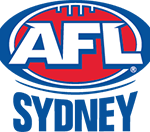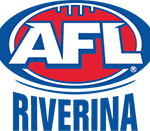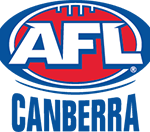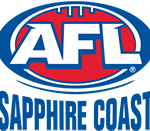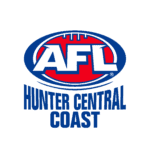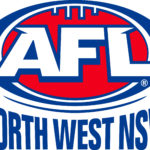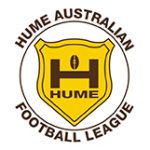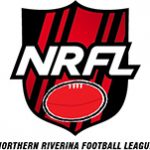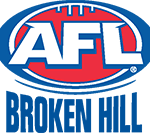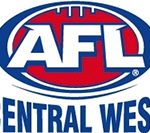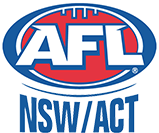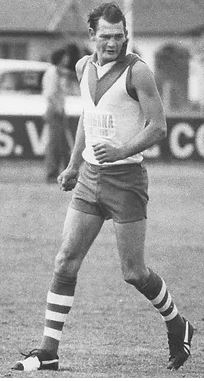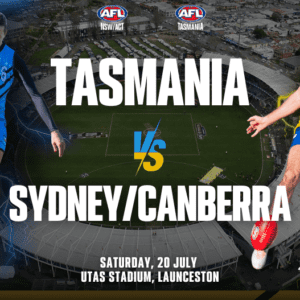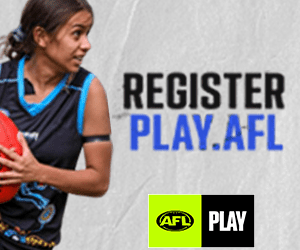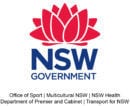NSW Hall of Fame’s Indigenous heroes

By Rod Gillett
.
Sir Doug Nicholls, for whom the AFL’s Indigenous Round is named, along with fellow NSW Indigenous champions, John “Ossie” Grose, Sid Robins, Maurice Goolagong and Yvette Andrews, were recently inducted into the inaugural NSW Australian Football Hall of Fame at a gala dinner at the SCG.
All were inducted into the Hall of Fame on the basis of their outstanding contribution as players to the game of Australian football in NSW.
The Hall of Fame is made up of players from both the elite and community level based on high achievement as well as impact on the game. All of the Indigenous players inducted were leaders and role models for their respective communities with Sir Doug having far-reaching impact on Australian society.
.
.
Sir Doug Nicholls (1922-1939) was born and raised on the Cummeragunja Aboriginal mission on the NSW side of the Murray River, where he played for the mission’s footy team in what is now the Picola League.
Sir Doug moved to Melbourne to try out with VFL club Carlton in 1927 but was subject to racial prejudice. He moved to Northcote in the VFA winning two best and fairest awards and collecting a premiership from 1927-31. Sir Doug transferred to Fitzroy in the VFL and played 54 games for from 1932 to 1936. He was the first Aboriginal player to represent Victoria.
Sir Doug told the Sporting Globe (1 June 1935): “I get a tremendous kick out of football, because I know my people in New South Wales follow my doings and play closely by wireless and in the newspapers. This always spurs me on and gives me added confidence”.
His life post footy included being a pastor, an advocate for reconciliation, and serving as Governor of South Australia. Sir Doug was also the first Indigenous Australian to receive an Order of the British Empire and to be knighted.
.
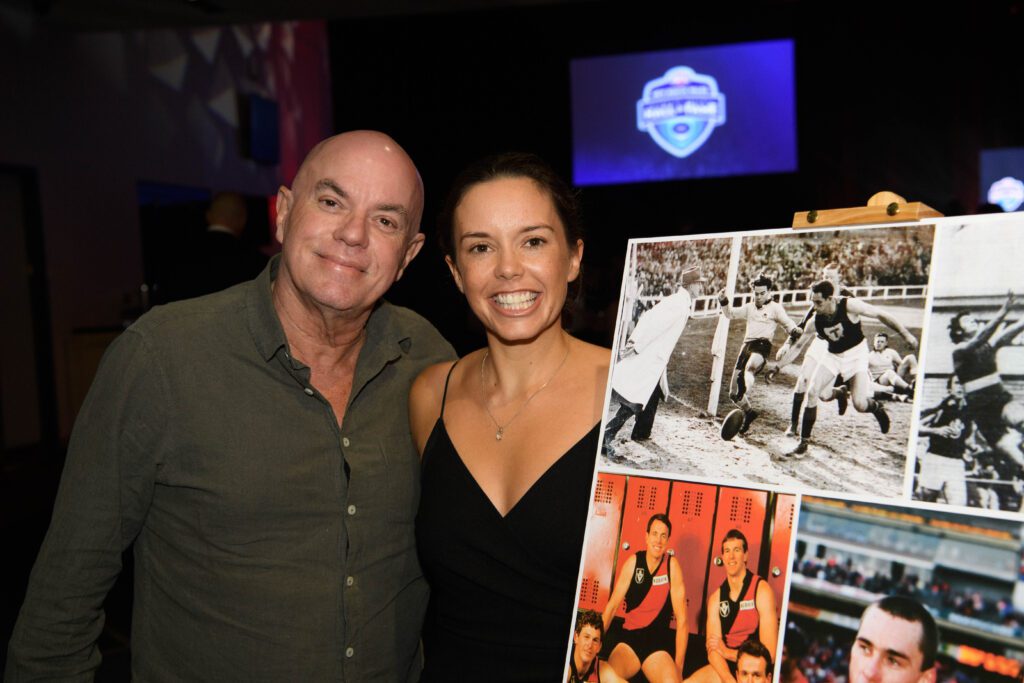
.
When John “Ossie” Grose (1942-1962) came to Sydney from Kempsey with his family and settled in Erskineville he had not previously played Australian football. However, his speed, skills and courage enabled him to quickly adapt to the Australian game.
A diminutive 5’2” (157cm) rover, Ossie was a key player in the Blood-Stained Angels premiership teams of 1942 and 1945-47 when the club dominated the Sydney competition. In 1948 he transferred to Leeton in the Riverina, and then coached the club in 1949.
“Ossie” played more than 300 games for the Newtown club and represented NSW on twelve occasions including the 1947 national carnival in Hobart and the 1950 carnival in Brisbane. He was rated the best rover in Sydney football during his career.
.
.
A dashing Griffith defender enjoyed a successful career with the Griffith Swans from 1963 to 1980 clocking up a club record 317 first team appearances, Sid Robins (1963 – 1980) is widely regarded as the club’s best ever player.
He won the club’s best and fairest from 1969-1972, and was the South West League’s Gammage Medallist in 1972. He was a pivotal member of the Swans 1968 premiership side.
In 2014 he was selected at centre half-back in Griffith Swans’ ‘Team of the Century’. He was a regular selection for the powerful South West League that was arguably the best in NSW during Robin’s playing career.
.
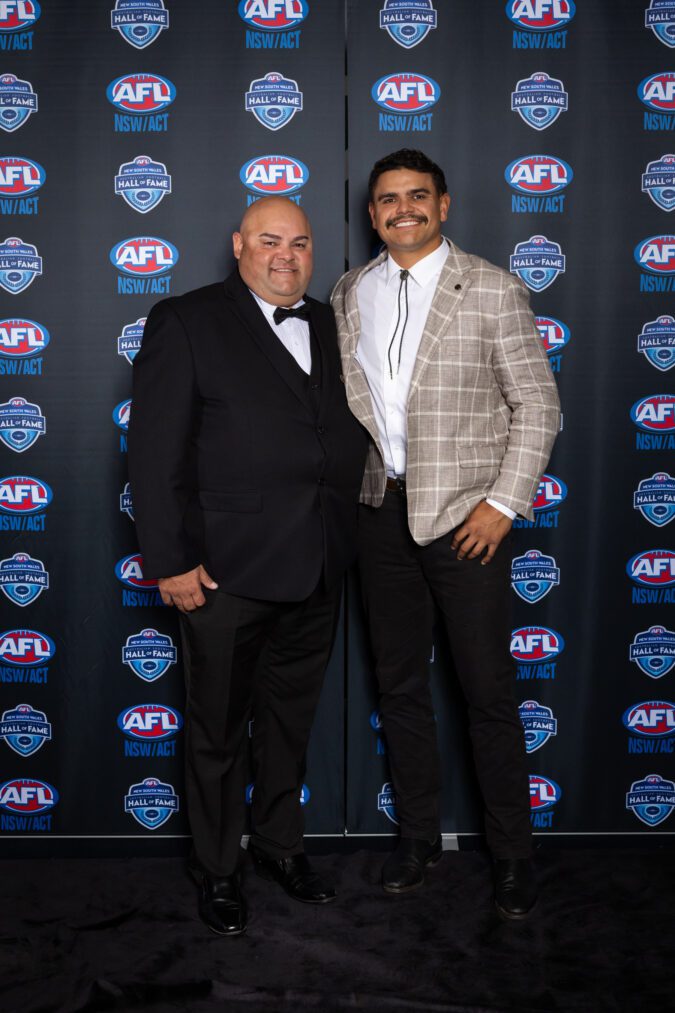
.
Originally from Barellan in the western Riverina, Maurice Goolagong (1990-2015) became a football legend in the Hunter Central Coast league playing for the Terrigal-Avoca Panthers. He topped the competition goalkicking a record eight times and booted more than 1,500 goals in a 300-plus game career.
The hulking full forward’s accuracy was, perhaps, his greatest asset. In one season, Goolagong recorded 112.13 in one season, a shade under 90 per cent accuracy. A humble champion, Goolagong put his stunning record in front of goal down to living as a youngster around the corner from a footy oval and kicking goals from impossible angles.
He is currently working for the Newcastle Knights NSW Cup Team in a managerial role; he was previously the kicking coach.
.
.
Yvette Andrews (1998-present) played a leading role in the formation of the Sydney Women’s Australian Football League (SWAFL) in 1999 which is now firmly part of AFL Sydney and has blossomed into multiple grades of football for women and girls.
Andrews was also an outstanding player. She won the SWAFL’s inaugural premiership in 2000 with the Western Wolves and then again in 2006 when she coached the side to victory. She was also a member of the SWAFL’s team of the decade 2000-2010. She represented NSW on four occasions
She was appointed to the inaugural AFL National Women’s Advisory Committee in 2002. Andrews also played a role in the Giants’ inception as part of its advisory committee and continues to be active in Sydney football coaching and mentoring junior girls.
.
